According to DCVelocity, the global market for transportation management systems is expected to grow to $ 30.04 billion by 2025. And this is not surprising at all. The transport industry is one of the few that has minimally felt the negative consequences of the global pandemic. On the contrary, many companies note the growth in sales, which occurred as a result of the increase in online purchases. Thus, creating a logistics app is a good opportunity to cope with rapid growth and help your business achieve strategic goals. That's why today, we will look at the main aspects of transportation software development and its impact on businesses.
What is a Logistics App?
A logistics application, also known as a transportation management system (TMS), is a tool that allows you to manage your fleet effectively. The software helps companies monitor and control the processes of shipment and the storage and management of goods. Simply put, TMS can significantly optimize logistics processes. Independent research shows that logistics apps can save companies from 3% to 5% on transportation needs.
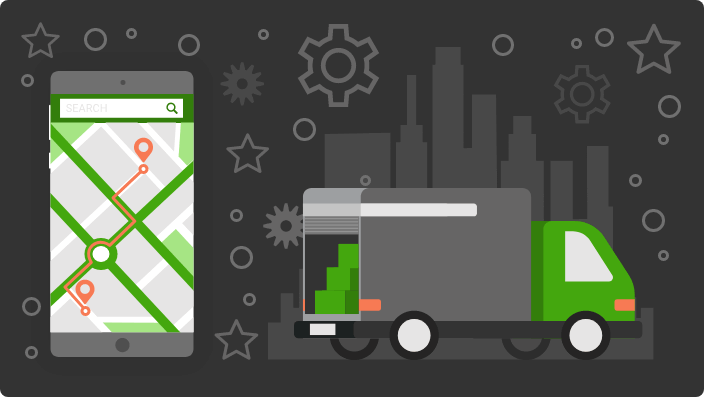
With a transportation management system, you can manage the supply chain from any device, making the whole process more accessible and convenient. TMS main tasks are as follows:
ensure transparency of logistics processes;
improve the efficiency of transportation;
improve customer service;
Transportation management systems are flexible. So it's a good idea to build logistics software for small businesses, midsize companies, and large corporations.
Types of Logistics Management Solutions for Enterprises
The transportation infrastructure is extensive and includes several main aspects. So, before developing a custom transportation logistics software, you need to choose its type.
Fleet Management Apps
This type of application’s main purpose is to keep track of information about every car in the fleet. It allows you to store and manage all data about trucks' statuses, timely service vehicles, and price information and monitor fuel consumption. In general, fleet management application development helps you reduce the cost of your fleet due to their precise monitoring.
Fleet management apps have two primary users: driver and administrator. The driver enters and updates the relevant vehicle status information in the application (usually with a mobile device). The administrator monitors statistics and monitors scheduled maintenance in the web-based dashboard.
Logistics On-Demand Apps
It is not uncommon for the truck to perform deliveries without being full. Extra space in the van can be converted into additional income using the on-demand trucking logistics software. They bring together vehicle drivers and companies that are waiting for the goods to be shipped.
Here's how it works: the company that needs to send the goods places an application with a description of the cargo’s parameters, cost, place of dispatch, and delivery location. The system sends a message to the nearest driver who can deliver the cargo. After the cargo is loaded into the car or truck, the shipping company can track the delivery in real-time. When the cargo is delivered, the platform notifies the sender that the parcel has arrived at its destination and automatically generates an invoice. Thus, the on-demand delivery management software for enterprises has 3 main users: the driver who accepts the delivery order, the company that needs cargo transportation, and the administrator who monitors the system and cargo transportation.
Warehouse Apps
Warehouse management can be a real challenge, especially when it comes to high capacity. Enterprise logistics software allows you to ensure that the goods are delivered to the right place on time and correctly sorted. Using this type of application, you can track the status of thousands of packages in real-time and know exactly where they are in the warehouse. Typically, such applications have barcode scanning technology that can be easily read directly from a smartphone, thus reducing equipment costs.
Benefits of Developing an Enterprise Logistics Platform
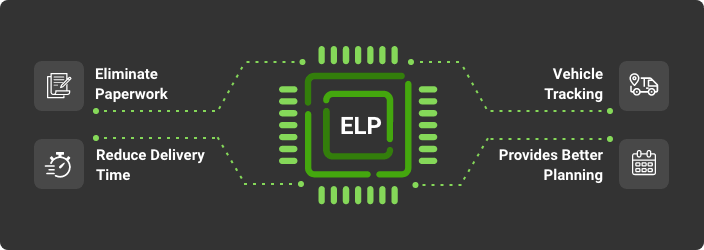
Transportation management systems bring huge benefits to a business. Here are some of the main reasons why you should create an enterprise logistics platform:
Eliminate paperwork. You will get instant access to the database from any convenient device. Create, manage, and modify your documents in a few clicks. And with the help of cloud-based solutions, all your documents will be available at any time.
Reduce delivery time. The application allows you to control all stages of delivery, thereby making transportation more efficient and reducing empty miles.
Vehicle tracking. Due to GPS technology, it is possible to track in real-time the location of all the company's trucks are their routes. This allows you to achieve more coordinated actions during delivery.
Provides better planning. By monitoring the work of warehouses and making lots of inner activities transparent, companies can increase the efficiency of their planning and thus improve the quality of transportation.
Moreover, the application allows you to automate many processes and reduce storage, depreciation, and fuel purchase costs. In addition, modern technologies and the possibility of full tracking of delivery increase the safety of cargo transportation and the level of customer confidence.
Partner with KeyUA to make your business prosperous and improve the efficiency of the supply chain.
Contact UsMain Features of a Logistics Management Platform
Since we have already determined that different users will interact with the application, let's now consider what functionality needs to be implemented according to the software’s goals.
Driver-side App
This system’s main task is to coordinate the actions of the driver and easily connect them with the dispatcher. Here's what can come in handy for this:
Personal profile. Each driver should be able to log in to the system through a personal account. It should store basic information: name, age, photo, driver's license data, list of vehicles driven, current tasks, goals, and delivery status.
Logbook. Drivers have to check in on their way. They should be able to open the application and register their progress, which will be visible to the dispatcher in the admin panel.
Vehicle monitoring. The application should track the mileage of the vehicle and calculate fuel consumption.
Truck status. The system should also display information about vehicle examination and offer reminders about upcoming technical inspections.
Speed and location tracking. This allows the driver to get the exact location when making the route and calculate the time remaining before arriving at the destination.
Traffic information. Due to this, drivers will see the situation on the roads in real-time and choose safer routes for detours.
Push notifications. This functionality will allow drivers to receive all the necessary information from dispatchers and be aware of changes in routes or delivery volumes.
Order list. The order list will allow the driver to know the details of their current and upcoming tasks.
Communication with the dispatcher. Sometimes push notifications alone may not be enough, so it will be useful if the driver could open a chat with the dispatcher or send them a voice message.
Dispatchers Dashboard
The dispatchers’ main task is to coordinate drivers’ actions and provide them with assistance while following routes. Usually, the dispatchers' dashboard is built with web-based solutions.
Control center. This software contains information about drivers and trucks, including their location, preliminary delivery times, and data about the cargo they are transporting.
Driver logs. The dispatcher must have access to transportation history, as well as all data regarding the delivery progress.
Sending notifications. Another convenient functionality is sending notifications to drivers, including changes in routes, maps, and other important delivery information.
Warehouse App
Another important part of the logistics business is warehouse management. Automation of this process increases the throughput of warehouses and ensures more efficient operation.
Package Tracking. This part of the functionality combines a list of parcels that employees need to process and a barcode scanner to enter goods into the database quickly.
Inventory list. Employees should be able to receive information regarding the parcels that are stored in the warehouse, indicating their precise location.
Search for parcels. The software assumes the ability to search by parcel category, name, delivery date to the warehouse, and other important parameters in accordance with the requirements of the business.
Notifications. Employees should receive timely information about current and upcoming tasks and any changes in their responsibilities.
Indoor maps. This functionality allows employees to quickly find the necessary parcels and also better orient themselves between the racks.
Document management. Warehouse workers should be able to fill out and modify forms for the acceptance, storage, and dispatch of goods.
Delivery status. Employees should be able to change the status of a package.
Client-side App
This panel is created for a Saas platform for managing on-demand delivery, in which clients send a request for the delivery of goods to third-party shipping companies.
Profile. The client should be able to login into the account, enter basic information about themself, and view the order history.
Placing orders. This function assumes that users can create a delivery request by specifying cargo parameters and destination.
Tracking the path. The user will be able to track the movement of the truck in real-time.
Communication with the driver. In the event of any emergency, customers should be able to write and call the driver.
Invoicing. After the package is delivered to the addressee, the system should automatically invoice the client.
Examples of Logistics Management Software Platforms

Let's take a look at a few giants in the world of delivery service.
DHL. This company delivers goods all over the world. They have multiple platforms to provide the best user experience. Their application essentially manages global logistics, allowing both individuals and corporate clients to track the movement of parcels in real-time. It also provides users with the ability to view the status of the package and the history of shipments.
UPS Supply Chain Solutions. This is another pretty big software that allows users to manage every aspect of transportation, warehousing, and shipping. It provides efficient solutions for global logistics.
XPO Logistics Inc. This company manages supply chains and partners with 69 companies from the Fortune 100 list. The app provides many useful features that allow customers of all sizes to manage their shipments easily.
C.H. Robinson Worldwide. This is another convenient application that helps to meet the needs of both small and large businesses. It allows you to manage current shipments, assign drivers, process documents, and distribute the load more naturally.
J.B. Hunt Transport Services. The company focuses on the experience of carriers, providing wide access to software tools. This allows logistics companies to run their business more efficiently. You can also register all your drivers in the application and track the movement of goods in real-time.
Build a quality transport management system with a great user experience and help your business grow.
Contact UsHow to Build a Logistics Platform for Enterprise
There are a few basic steps you need to take to build logistics software for business needs.
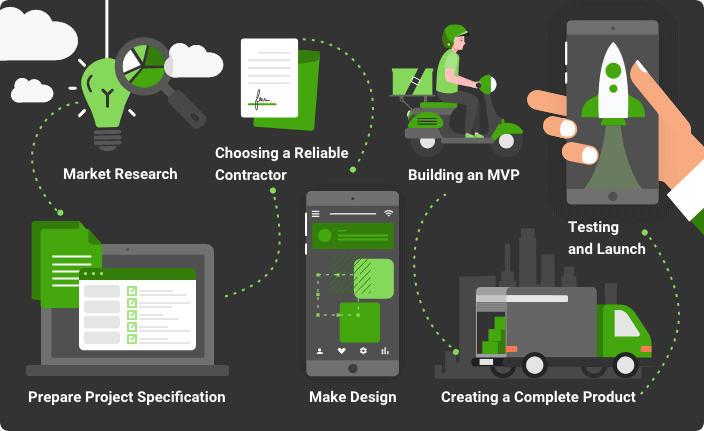
Key 7 Steps for Building a Logistics Platform
1. Market Research
The first step towards creating a top-notch application is market research, which includes investigating potential users and competitor characteristics. This is an essential process for startups and enterprises that will determine what competitive advantage your product must have in order to be useful to your audience.
If you're making an app for your own company, market research is still critical. This will allow you to evaluate the available offers, and based on them, highlight the main functionality for your software.
2. Prepare Project Specification
Based on this data obtained from your research, determine which features are the most crucial for your application to have. After that, prepare a specification, it will become the basis for creating software.
3. Choosing a Reliable Contractor
The modern market of custom mobile development services is pretty vast, which allows you to hire appropriate companies instead of creating IT departments in your office. Using the services of third-party groups, you can significantly reduce the cost of building an application and start development immediately after signing the contract.
IT outsourcing companies are usually more reliable contractors than freelancers because they have more legal responsibility to their clients. Interview potential developers thoroughly before signing a contract with them. Besides, the developers should also help you determine the required technology stack. A variety of open-source tools are available to build scalable and high-performance products.
At KeyUA, we provide top-notch software development services to help the client achieve their business goals.
Contact Us4. Make Design
Next, prepare the layouts of the pages and interface of your application. It should be convenient and intuitive. You can order designer services separately. But there are lots of development companies that also have designers on their staff. This is a great advantage as the designers and developers work together as a team to build a first-class user experience.
5. Building an MVP
If you are on a budget, you can release a minimum viable product. This application will only contain the basic functionality that meets user needs. Even if you are preparing a product for your own needs, building an MVP is more efficient. It will allow you to check the functionality’s appropriateness and not create unnecessary features.
6. Creating a Complete Product
If your finances allow, you can start directly by building a full-fledged product, including basic and additional functionality for a greater user experience. If you have released an MVP, you can begin to expand its capabilities at any time by adding new functionality.
7. Testing and Launch
After the development is completed, it is worth carefully checking the functionality of your product. Test all the features before it becomes available to users and make sure the app works correctly. If necessary, fix the errors found. Once the app runs as expected, it's time to launch it to the market.
What is the Approximate Price of Building a Logistics Management Platform For Enterprise?
The development cost depends on several key factors, namely the type of application, its functionality, and the development team. In general, the price is calculated according to the formula: time spent on development multiplied by the developers’ hourly rate.
Many companies around the world provide mobile and custom web development services. Depending on their location, prices also vary.
The highest-paid developers are in North America, with hourly rates ranging from $100-$140 per hour.
By hiring developers from the UK, you can pay from $50 to $90 an hour.
In Eastern Europe and, in particular, in Ukraine, developers charge a fee of $30-40 per hour, and you will receive the same level of service as in the first two cases.
South America’s hourly rate is $25-30, and in Asia - from $15 to $30.
It is also worth paying attention to the fact that a low price can be fraught with many risks from poorly written code to not fulfilling the terms of the contract as a whole.
Conclusion
Since not all companies can afford to create their own logistics systems, they are looking for reliable supply chain management partners. Thus, by developing a custom TMS application, you can make substantial profits by offering it to the market.
At KeyUA, our team has over 12 years of experience providing high-quality delivery management platform development services. We build projects of varying complexity, demonstrating complete development process transparency and on-time product delivery.
Want to conquer the market with a tremendous logistic app? Ask us how.
Contact Us

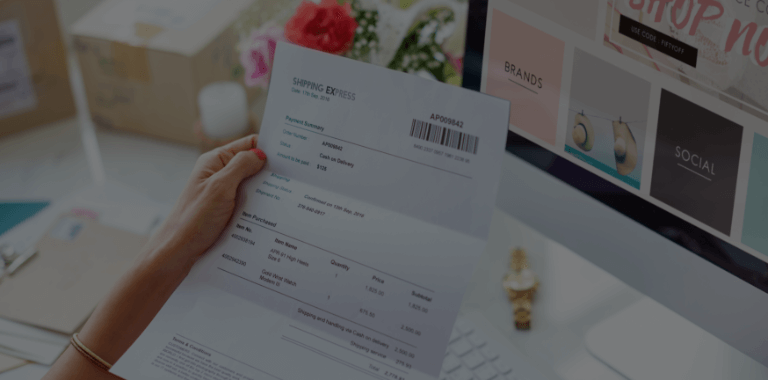
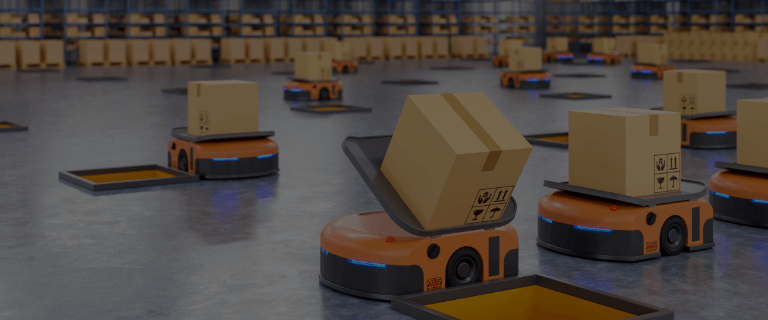
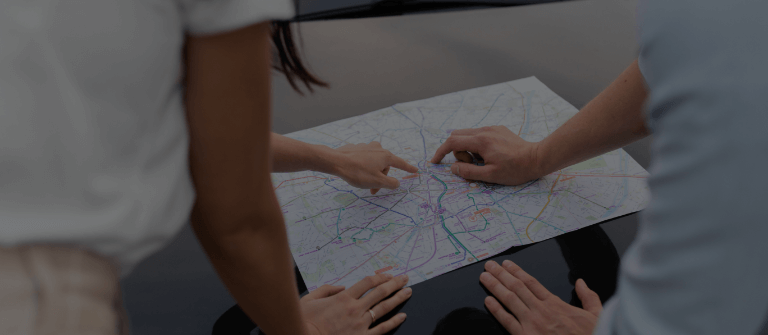

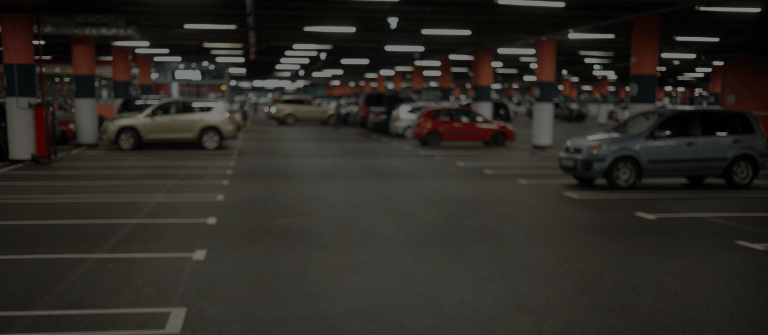
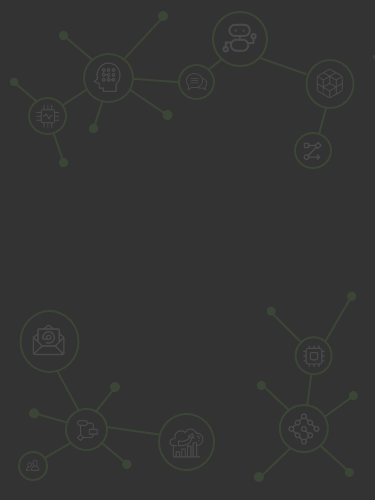
 UA, Kyiv, Business Centre Gulliver
UA, Kyiv, Business Centre Gulliver

Comments
Leave a comment